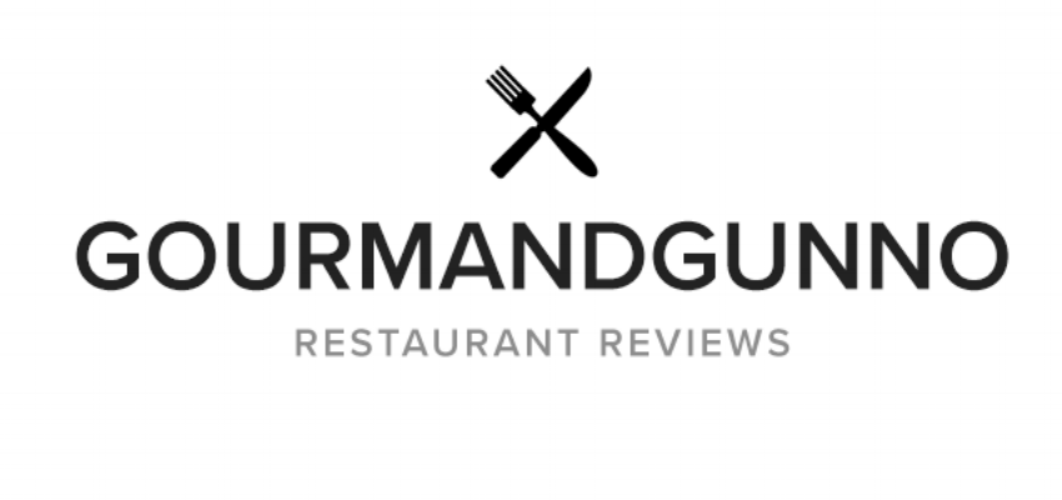This is a special piece to mark a truly memorable meal. Gourmand Gunno normally restricts himself only to reviewing restaurants on his home UK turf. Top dining experiences for elsewhere can generally be found in the global section of his website.
Say German cuisine to most people and the image that will likely form is one of sausage, served with some form of dense starch, either bread or potatoes. Say fine German dining and you might get a wry smile, raised eyebrows or the suggestion that you’re talking wurst (as the locals would say). Consult the Michelin guide though, and what it shows is that Germany commands ten restaurants with three Michelin stars, a comparable number to the UK (eight), given its larger population. Our group was lucky enough to visit Schanz, one of Germany’s most-garlanded restaurants, last week. We came away mostly wowed.
Schanz, where the eponymous Thomas cooks and his wife Gabi fronts the house, is located in Piesport, a beautiful town in the Mosel Valley. From outside the restaurant, it is possible not only to see the famous river but also the vertiginous slate slopes on which some of the country’s finest vineyards lie. Visit Schanz and you can even taste wines made from vineyards owned by the family. Guests also benefit from the small hotel, owned by the family, which stands adjacent to the restaurant.
The style embraced at Schanz is uncompromising, aiming simply to be the best. From a culinary perspective, the cooking owes most to modern French approaches, but per the current zeitgeist, Schanz draws heavily on local and seasonal ingredients. While the restaurant very thoughtfully emailed over a copy of the set six-course tasting menu prior to our group dining there, what it omitted to tell us was that there would be three amuse-bouche pre-courses as well as two post-dessert offerings. For the truly hungry diner, there is also an immense cheese trolley. Even without the latter, expect an experience. With no disrespect to the service whatsoever – quite the contrary – be prepared to give up your whole evening. We left after over four hours at Schanz. We could have spent longer.
Diners settle themselves into a light and spacious room where the tables are judiciously situated. Furnishings are a mellow gold, which worked well on a mellow summer’s evening, but would also be suggestive of warmth in the winter months. In contrast to many other top-class venues around the world, the kitchen is behind a closed door. Diners do not get to see the chefs at work. Sure, the decision is the prerogative of the restaurant, but at Schanz it certainly worked well, heightening the element of surprise and theatre as dishes were brought to the table.
The opening salvo set the bar very high. A tuna belly cannelloni offering was the stand-out from Schanz’s initial trio of offerings. It is testament to any chef to combine aesthetic artistry with flavour intensity in a morsel of food. Next up, the ‘truffle egg’ – apparently a signature dish of the venue – was a show-stopper. Its genius lies in its simplicity: a golden shell packed with soufflé and topped with truffle. Onto the main event and the first of our formal sextet had the group gasping. A rosace of foie gras, served with sheep cheese, caramelised beechnuts and pepper ice cream was a kaleidoscope of flavours and textures; a remarkable achievement on the part of the kitchen to combine each layer harmoniously such that it stood out on its own, yet when fused, the sum was abundantly greater than its constituent parts.
For any restaurant – even a three-star venue – it is almost impossible to retain such a tempo throughout a full meal. Poached red mullet proved another masterpiece in pairing daring flavours (banana, cardamom and Riesling featured) as did the grilled lobster with pork belly (capers and a grapefruit bouillon provided contrasting sensations). Neither the turbot nor the venison scaled quite the same heights, with the hay blossom infusion in the former not quite providing the context and balance that other ingredients had elsewhere. Inevitably too there were some lapses in service. The room was too warm and it took some time to resolve this. Some of the servers appeared to be repeating lines rather than speaking with genuine passion when introducing dishes and it was disappointing that when quizzed about whether the cardamom used was black or green, no response was forthcoming.
Plaudits to the Head Sommelier, Alex, who provided inspired wine pairings throughout. It takes quite a skill to read a group (of wine geeks), ascertain their budget without asking directly and provide some genuine surprises. Some boutique producers were shown and our view of the Silvaner grape underwent a transformation post tasting. The mullet pairing proved to be a masterstroke.
Dinner closed out on a high with an array of petit-fours. This was culinary showmanship at its best. ‘Schanz on the beach’ was a novel take on the famous drink, combining apricot parfait with pineapple gel, while my favourite was the espresso macchiato capsule, which did what it said and provided a wonderful antidote at the meal’s end.
There was no doubt that we received our full €260/head worth of culinary enjoyment. Schanz certainly holds its own, although in the final summary, it would most likely rank below London’s three-starred Core and Bordeaux’s two-starred Lalique, both visited within the last year.
Photo credits (and on Instagram) to Richie G.

